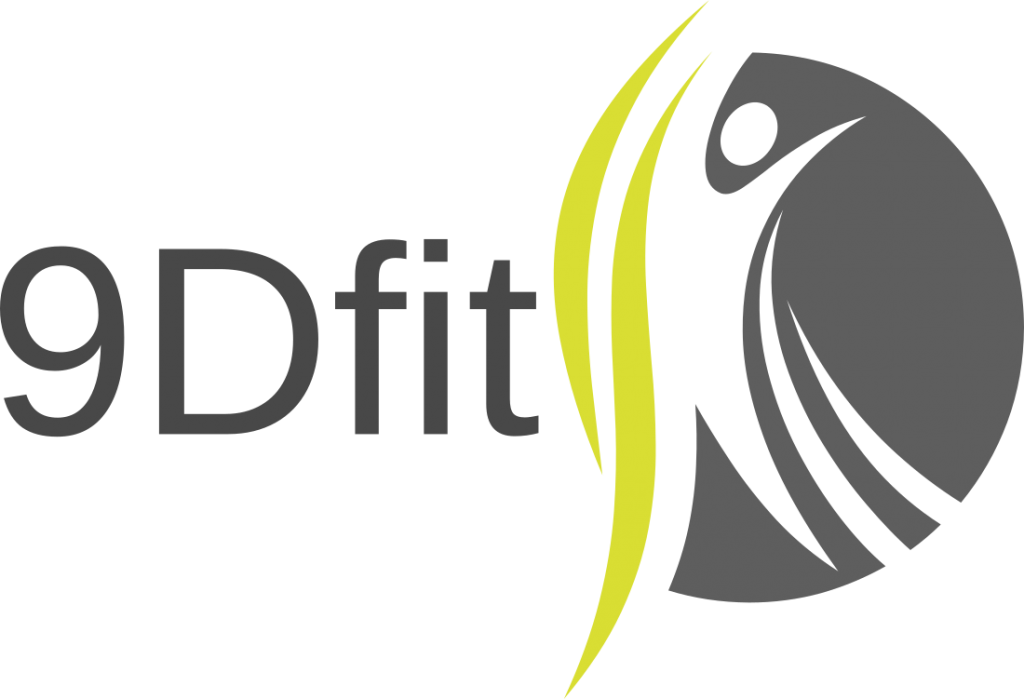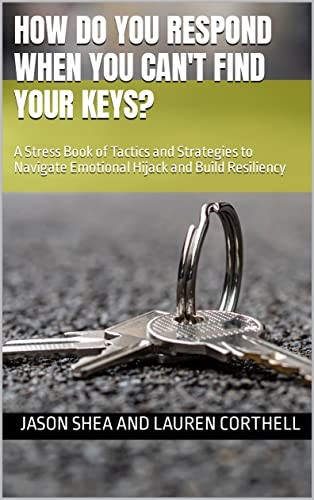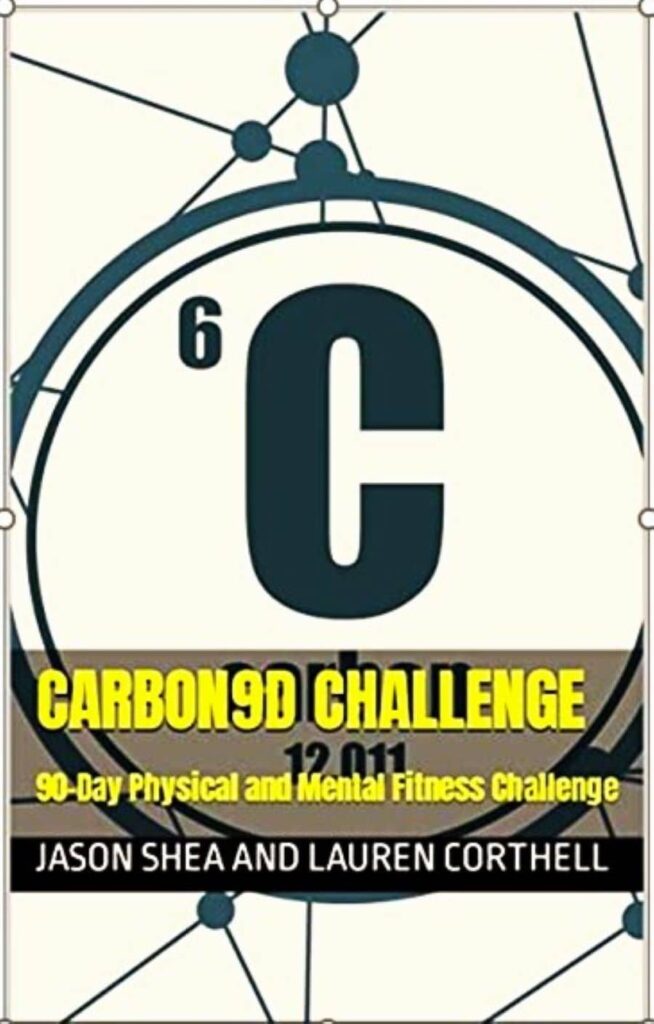By Jason Shea M.S., CSCS, PICP IV and Lauren Corthell TSAC, NSCA-CPT, Wellness Manager, Hampden County Sheriff’s Department
(Excerpts from How Do You Respond When You Can’t Find Your Keys Book)
You planned everything perfect. Up early. Showered, coffee, breakfast. Teeth brushed.
Then you look on the counter and they are not there.
Check the key holder, pocketbook, or other regular area. Not there either. Panic sets in.
Where are my keys!! I can’t i can’t find my car keys anywhere!!!
You begin frantically searching the house. You check all the rooms, nothing. You rip up the couch cushions and pillows, still nothing.
Frustrated, you begin to lash out. Did you put my keys somewhere? I lost my keys! Help me find them!
You recheck your pockets and pocketbook. Still nothing. You then decide to check all your jackets hanging on the coat hanger. As each pocket turns up empty you become increasingly hyper-emotional, lashing out at whoever is nearest.
Old arguments become present moment fights. Swears you didn’t even know existed are launched into thin air.

I looked everywhere for my car keys! Are you sure you didn’t touch my keys!!! You always leave your stuff around and probably put my keys somewhere!!!
After tearing apart the couches, the bedroom, your drawers, coat hanger, and kitchen, the house officially looks like a crime scene.
The verbal lashing of everyone around you continue as you become disappointed by their lack of results in finding your keys. Your emotions have taken over.
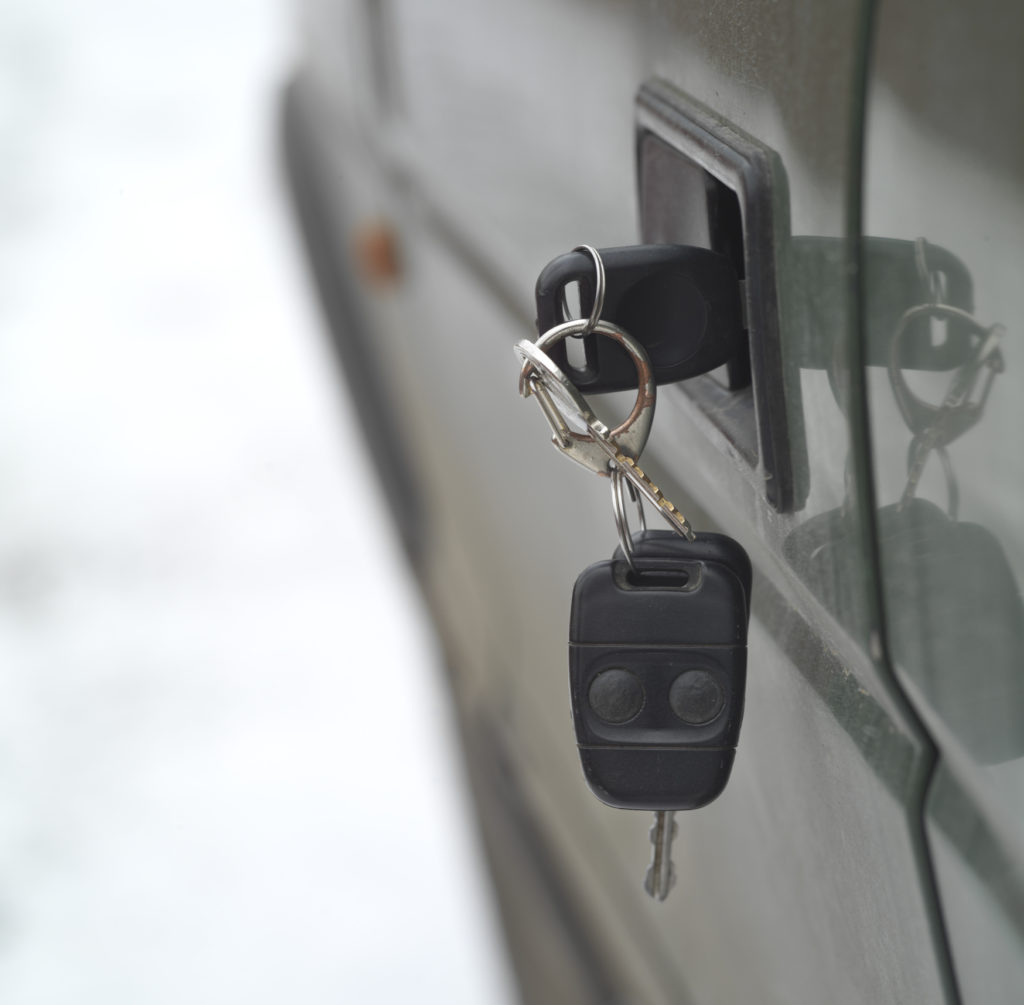
Finally, someone mentions they are going to go and check the front door lock and your car.
And there they are.
Between the house being a mess and the hyper-emotional carnage that took place, you are left both physically and mentally exhausted.
Your Amygdala has hijacked your emotional restraint.
The Hijacking Of Your Emotions
Our prehistoric ancestors needed a defense response mechanism in their brains to protect them from dangers including sabretooth tigers, cave lions, wooly mammoths, cave hyenas, and other cave people. The fight or flight, or sympathetic nervous system developed as that protective mechanism.
Those prehistoric ancestors could stay and fight or run and flight from those and other dangers.
These systems are necessary for situations like those, but are they good for sitting in traffic? Or how about waiting in the morning line at your local, trendy, high priced coffee chain shop? Or how about losing your keys?

Author of the best-selling book Emotional Intelligence, Daniel Goleman, brought the term “emotional hijacking” to the masses.
“Such emotional explosions are neural hijackings. At those moments, evidence suggests, a center in the limbic brain proclaims an emergency, recruiting the rest of the brain to its urgent agenda. The hijacking occurs in an instant, triggering this reaction crucial moments before the neocortex, the thinking brain, has had a chance to glimpse fully what is happening, let alone decide if it is a good idea. The hallmark of such a hijack is that once the moment passes, those so possessed have the sense of not knowing what came over them (3).”
The amygdala, derived from the Greek word for almond, amygdale, is a part of the brain responsible for this reaction. In situations of stress or perceived stress, the amygdala plays a significant role in initiation of the stress response.
When it comes to decision making and how you react when you can’t find your keys, “the amygdala has been considered part of an “impulsive system” involved in decision-making, which triggers emotional responses to immediate outcomes (4).”
When it comes to rational executive decision making, the prefrontal cortex and hippocampus areas of the brain play a significant role (4).
According to a 2016 research paper, “the different responses of the hippocampus and PFC may reflect their respective roles in higher cognitive function, as the hippocampus encodes memories related to spatial orientation and daily events, whereas the PFC has an important role in working memory and executive function as well as in self-regulatory behaviors, all of which are affected to some degree by acute and more prolonged stressors (7).”
In simplest terms, Prefrontal Cortex acts as the brain’s CEO, in charge of executive decision making, while the hippocampus runs the memory, learning, and spatial orientation side of things.
Stressors can come in two forms, physical or perceived/mental/emotional.
Examples of physical stressors includes cold-water immersion, dehydration, low blood sugar, starvation, sleep deprivation, vitamin/mineral deficiency, chemical exposure, poisoning, oxygen deprivation, exercise, injury, combat, and more.

Perceived/mental/emotional stressors can come in the form of job stress, home stress, financial stress, feeling overextended, hypervigilance, relationship issues, “moment stress,” and for the purposes of this post: losing your keys.
The initial response to a perceived/mental/emotional stress is regulated by the amygdala and hippocampus.
Once the amygdala takes control of the situation, rational decision making area of the brain may take a back seat. The fight or flight stress response magnifies, stress hormones elevate, and we then have a hyper-emotional, amygdala driven reaction.
You Mean I Don’t Have to Respond That Way?
React vs Respond
React (rēˈakt/): respond or behave in a particular way in response to a stimulus; to exert a counteracting force or influence in response to something.
Respond (rəˈspänd): react quickly or positively to a stimulus; to react favorably.
A 2021 study looked at the dynamic between the amygdala and prefrontal cortex in goal setting, emotional regulation during and execution of intelligent decision making. According to the study:
“Once seen as chiefly involved in simple stimulus-outcome associative learning, the amygdala is shown to play a sophisticated role in human decision-making by contributing to the moment-by-moment integration of multiple costs and benefits to determine optimal choices (2).”
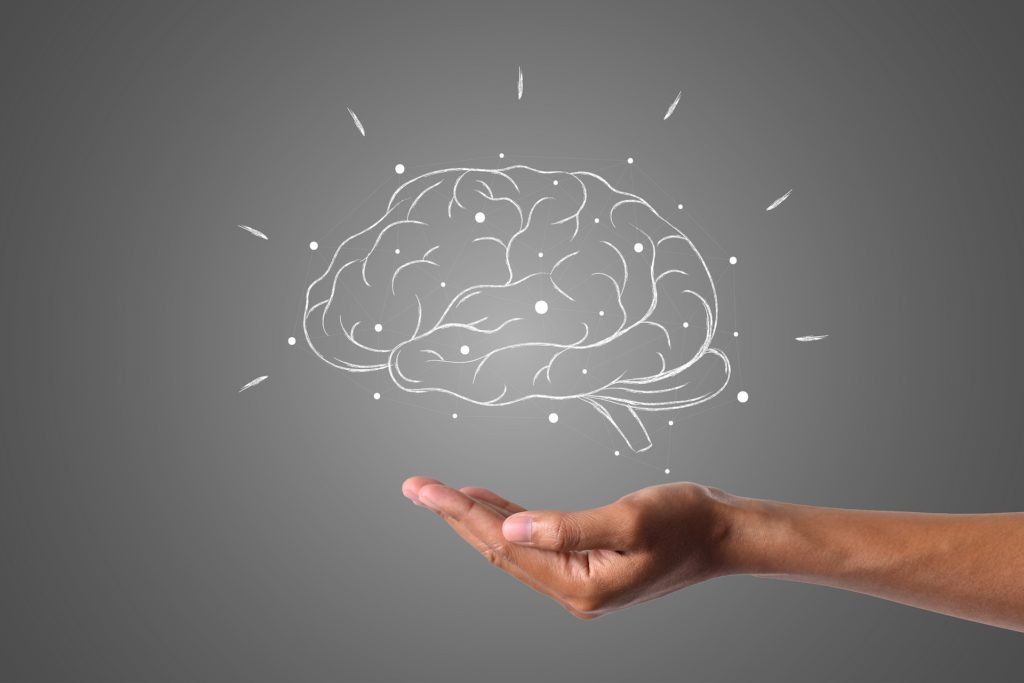
In other words, the amygdala response to certain perceived/mental/emotional stressors is not out of our control? This study has found that it plays a sophisticated role in contributing to the “moment-by-moment integration of multiple costs and benefits to determine optimal choices (2).”
There is also a choice in how we respond. Do we blame, complain, lash out, focus on the problem? Or do we take control, rationalize, and systematically defragment the situation and piece it back together. Do we focus on the things we have control over and try to work to find a solution?
To illustrate how we do have control over these emotional reactions, ask yourself these questions the next time you can’t find your keys (or similar situation):
- How would you respond/react if your boss was watching?
- How would you respond if your coach was watching?
- How would you respond if a group of your friends or parents of your children’s friends were watching?
- How would you respond if your mother-in-law or father-in-law were watching?
- How would you respond if your celebrity crush or sports legend were watching?
“The Wolf”
There is a great scene in the movie Pulp Fiction in which Harvey Keitel’s character Winston Wolf is called in to clean up a mess made by the two lead characters played by Samuel L Jackson and John Travolta.
The hitmen Jules and Vincent must clean up the mess after accidentally shooting somebody in their car. They brought the car to Quinten Tarantino’s character’s house and need help getting rid of the body and cleaning the car.
Harvey Keitel’s character shows up. He is cool, calm, and collected, never appearing to lose control of his emotions or the situation.
He tells the two hitmen, exactly what needs to be done, how to do it, and in what time frame it needs to be completed (before Tarantino’s character’s wife gets home). His ability to make critical, rational decisions, under duress makes for a great scene in the movie.
The two hitmen, who at first did not like being told what to do, were later amazed at the efficiency and effectiveness of a cool, calm, and collected brain managed the stressful situation.
How about some 5th Grade Math?
Are you good at math? How about public speaking? Both?

A common tactic used by researchers in stress studies is to assess subjects baseline heart rate, blood pressure, and cortisol levels. The researchers then have the subjects go up on stage in front of a large audience unknowing of what comes next.
Standing in front of this audience, the researchers then have the subject count backwards to zero from a large number (let’s say 5483) by 27 (or any other two-digit number). Alright, GO!!
The panic starts to set in standing in front of the audience. The sympathetics start kicking in, heart rate increases, blood vessels constrict, voice/throat muscles tighten up, blood pressure increases, blood flow to the capillaries becomes restricted, and the inputs/outputs between your amygdala and prefrontal cortex are starting to sway.
Another challenge may be facing is that blood flow is not only restricted throughout the extremities, digestive, and reproductive systems, but also to the prefrontal cortex.
Tips To Build Stress Resilience
Below are a few tips to help you avoid this emotional hijack the next time you lose your keys (or other stressful situation).
- Get one second ahead by practicing mindfulness: In his book One Second Ahead, Rasmus Hougaard refers to mindfulness as “an active intervention that changes the neural networks in your brain. It simplifies the pattern of your thoughts and reactions (5)”. A 2019 study found that subjects who did mindfulness training had more gray matter in the frontal cortex area of their brain (6). Another study found it has a positive impact on the architecture of the brain, strengthening areas associated with focus, memory, empathy, emotional regulation, and perspective taking (1).
- Check your nutrition: For more information on how nutrition can impact your sympathetic and parasympathetic nervous system check out How Does Food Affect Next Day Physical Readiness? 9+ Useful Tips For 2022.
- Get your BDNF levels up: Brain Derived Neurotrophic Factor is like fertilizer for the brain. High intensity interval training not only spikes up lactate, which can be used as a fuel source for the brain, but it also spikes up BDNF.
- Practice Gratitude: Gratitude is the opposite of entitlement. A grateful mindset has been link to everything from lower blood pressure and better cardiovascular health to improved sleep, brain function, and mood.
- Mental Challenges: Try playing Speed Chess or Speed Connect 4 after a 10-20 second all-out fan bike sprint. KIM’s game is a challenging game they use in Sniper School to train focus and memory, while drowning out distractions.
- Cold Water Immersion: A study was done a few years back on resiliency. They found ability to function while sleep deprived and return to normothermia (normal temp) after cold water immersion were two strong predictors of resiliency.
Wouldn’t it be great to remain cool, calm, and collected, like Mr. Wolf, the next time you lose your keys? Picture keeping your emotions at bay while your prefrontal cortex calmly orchestrates a well-thought out plan of attack. Never mind your keys, imagine how you will respond the next time you lose your wallet:)?

For much more on emotional hijacking, stress resiliency, the grateful mindset, building a winning attitude and culture, check out our new book: How Do You Respond When You Can’t Find Your Keys?
With nearly 300 scientific references, this 289 page book is loaded with tips, tactics and strategies to help you navigate emotional hijack and build resilience.
Thank you for reading!
References
- Creswell et al. Alterations in resting-state functional connectivity link mindfulness meditation with reduced interleukin-6: A randomized controlled trial. Biological Psychiatry. 80(1); Pp 53-61. 2016.
- Dweck C, Dixon M. The amygdala and the prefrontal cortex: The co-construction of intelligent decision-making. Psychological Review. doi: 10.1037/rev0000339. 2021.
- Goleman D. Emotional Intelligence (10th Anniversary Edition). Random House Publishing Group. New York, NY. 2005.
- Gupta R et al. The Amygdala and decision-making. Neuropsychologia. 49(4); Pp 760-766. 2011.
- Hougaard R. One Second Ahead. Springer. New York, NY. 2015.
- Lazar et al. Reduced interference in working memory following mindfulness training is associated with increases in hippocampal volume. Brain Imaging and Behavior. 13(2); Pp 366-376. 2019.
- McEwen B et al. Stress Effects on Neuronal Structure: Hippocampus, Amygdala, and Prefrontal Cortex. Neuropsychopharmacology. 41(1); Pp 3-23. 2016.
